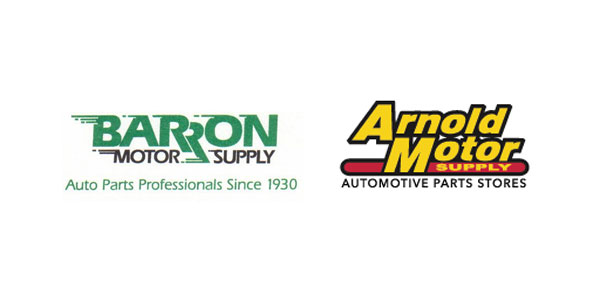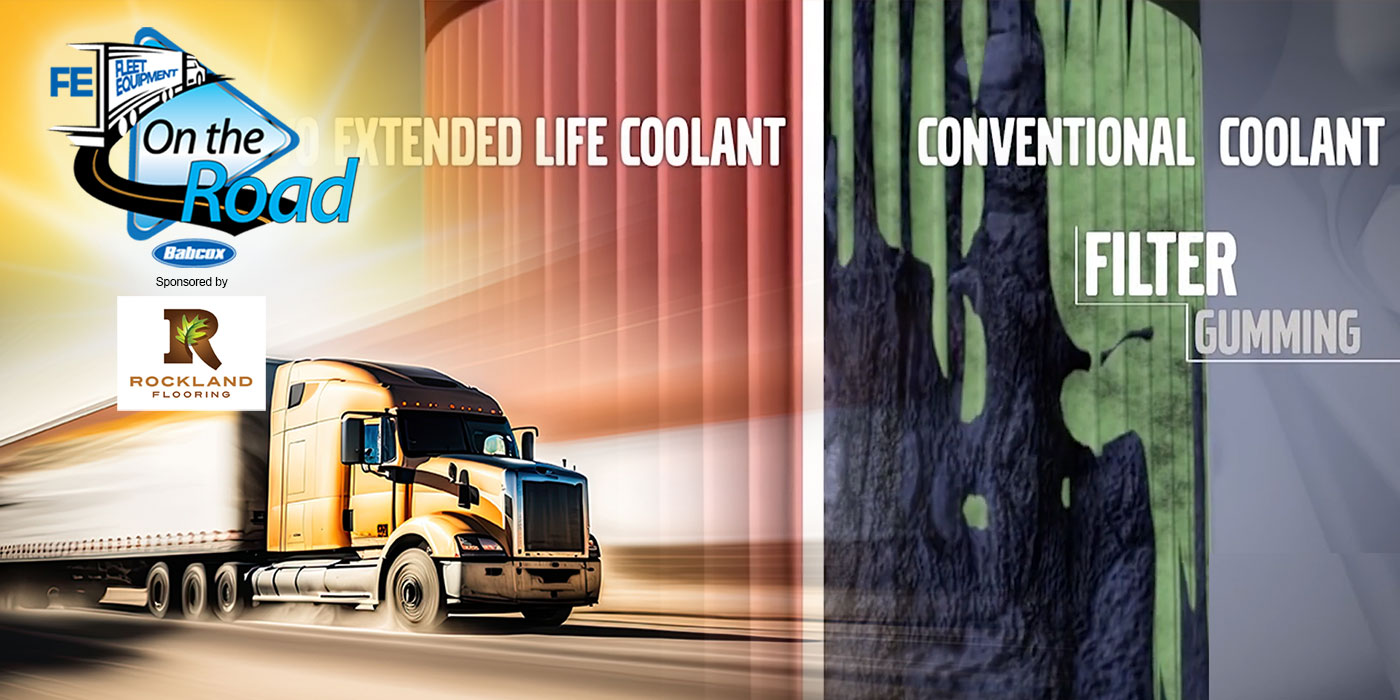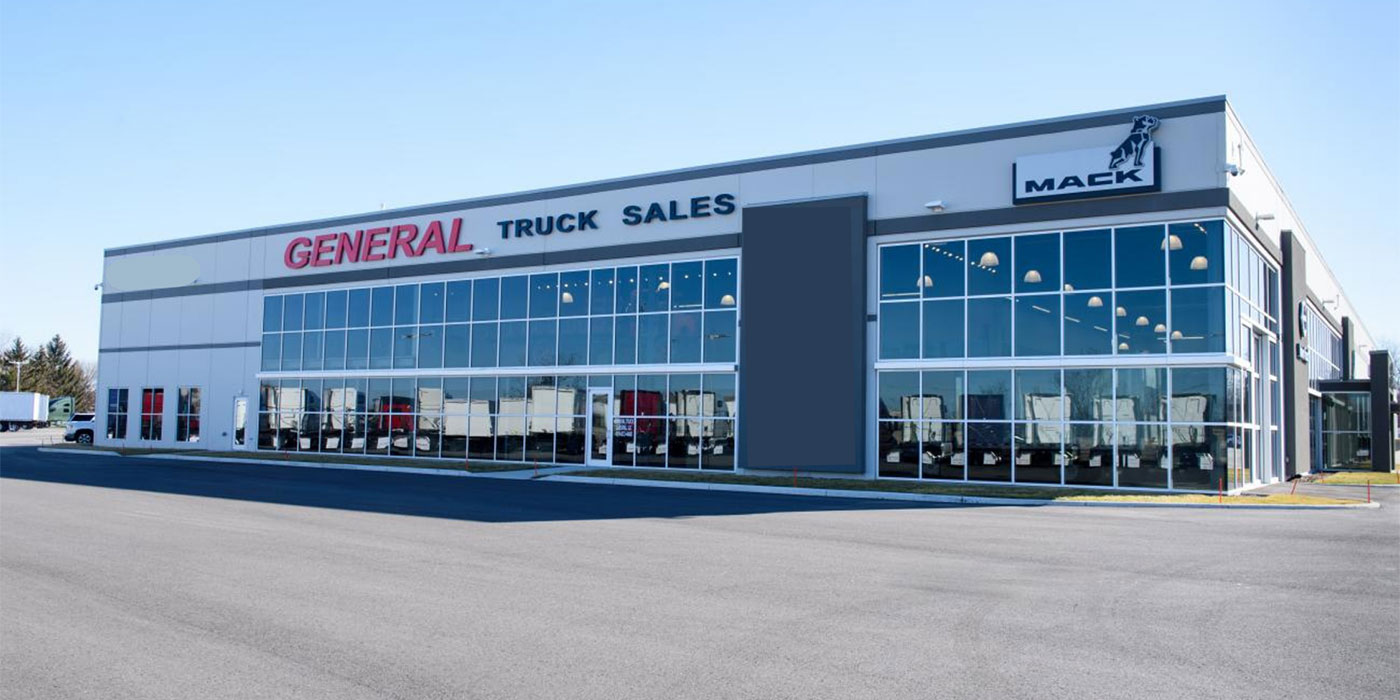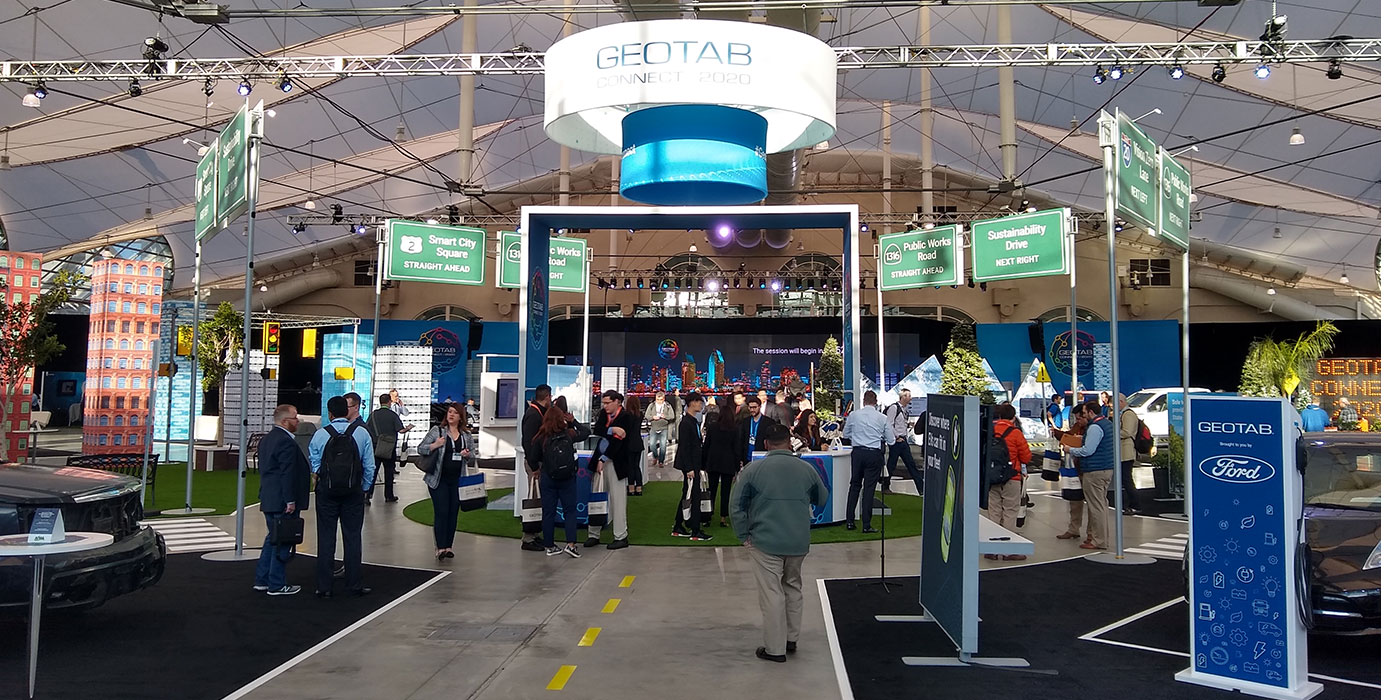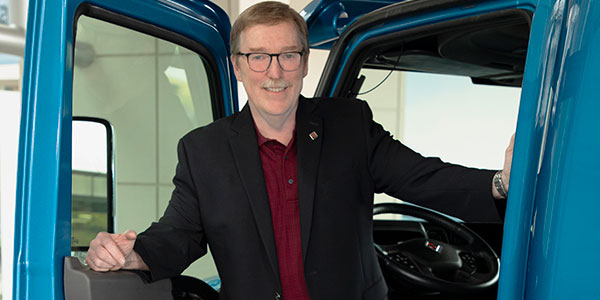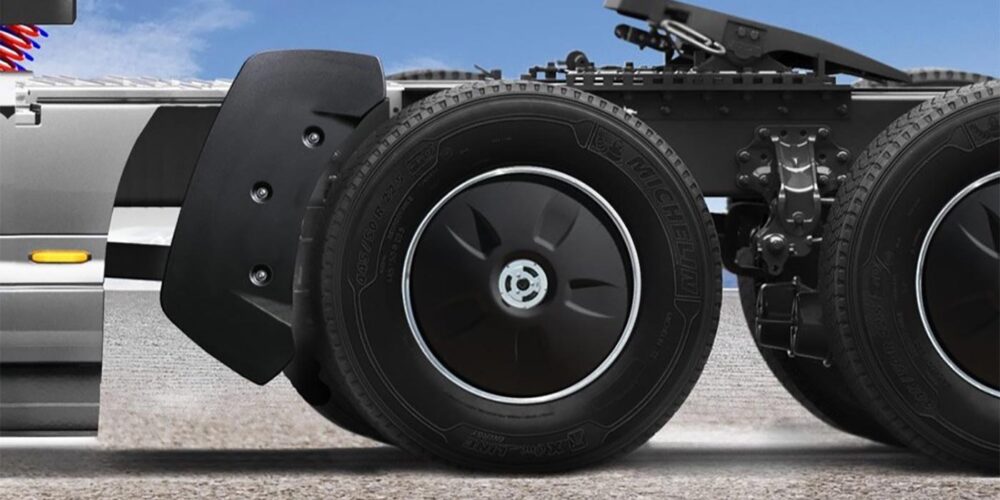With the price of fuel spiraling upward – somewhat slowly at times, at other times frighteningly fast, but always upward — wouldn’t it be nice to be able to have your drivers do a day’s work without ever starting their engines?
According to Nick Cappa, manager of advance technology at DaimlerChrysler, a New York Times distribution driver is doing just that on his 20-mile route with one of five Sprinter hybrid vehicles currently in fleet test programs around the country. Other Sprinter units are being used in heavy delivery, transit and utility applications and delivering outstanding performance, he said.
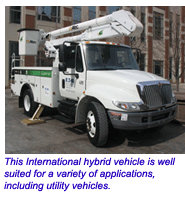
Although some truck manufacturers have displayed hybrid versions of commercial trucks at various expositions, none is yet offering hybrids for fleet use. Because trucks using this technology have not yet made their way through maintenance shops, it might be useful to review just what it’s all about.
Just what is a hybrid?
There are a couple of ways to classify hybrids. First, these vehicles can be divided into either series or parallel hybrids.
In a series hybrid, the primary source of energy is usually an internal combustion (IC) engine, normally fueled by either diesel or gasoline. This engine supplies energy directly to some kind of storage device. Although this is usually a battery or bank of batteries, it could be something else, for example, a hydraulic accumulator. This stored energy is used by a motor of some sort, which actually drives the vehicle. This is usually an electric motor, but it could be something else, possibly a hydraulic motor. At no time does more than one motor drive the vehicle.
In a parallel hybrid, there are two driving units, normally an electric motor-generator and an IC engine. Designs in this group are further divided into one of two sets: mild or full (some call the latter “strong”) hybrids.
In mild hybrids, the internal combustion (IC) engine, either gasoline or diesel powered and the main source of power, is assisted when necessary by an electric motor built into the drive train. When the vehicle is operating, even at an idle, the IC engine never shuts down since the electric motor is not designed to supply motive power to the vehicle independently.
Under certain conditions, the electric motor in a full hybrid can power the vehicle on its own. When it does, the IC engine is completely shut off. While some vehicles can launch using only the electric motor, others need both the IC engine and electric motor to launch, but can run at slow speeds on battery power only with the IC engine coming on line for necessary power at higher speeds. All of this happens with no input from the driver. Electronics take into account the vehicle’s current driving conditions, the position of the accelerator and the battery’s state of charge.
So where does all this energy come from? A hybrid-electric vehicle incorporates a motor-generator in the drivetrain. This is a unit that will generate electricity whenever it’s driven; for example, when the vehicle stops, slows down or goes down a hill. This is the energy that’s stored and is available to the motor on demand.
Since such a design is actually self contained, it never needs to be plugged in for a recharge. There is, however, another strategy that takes advantage of the fact that many applications have trucks coming home every night. When this is the case, why not equip the truck with a larger battery and recharge it when the vehicle is parked overnight? This is the concept that is applied in the Sprinter units that allow the New York Times delivery truck to operate completely on battery power – if all goes well in the way of traffic delays. A problem on the road that would cause the truck to exhaust its stored battery reserve, of course, can be easily handled since the vehicle will sense the low battery and simply start the truck’s internal combustion engine to provide motive power and electricity to recharge the battery.
Hybrid advantages
In the hybrid-drive Sprinter, an electric motor/generator is integrated into the drivetrain between the transmission and clutch, acting as a generator and using the energy produced when braking or on downhill gradients. It obtains its energy from a nickel/metal hydride (NiMH) battery, which is constantly recharged when on the move. In the plug-in hybrid drive system, an electric motor is combined with the conventional diesel engine. It obtains its energy from a nickel/metal hydride (NiMH) battery. The battery is recharged from the external power supply, with a recharging time of approximately six hours. The energy generated when braking also is used to recharge the battery.
Hybrid technology offers far more than just better fuel economy. Because less fuel in burned, emissions are correspondingly lower. Because there is less wear on the engine, maintenance expense is lower. Because the IC engine runs less, noise generation is decreased. Because of the regenerative braking, service brakes last longer. Because both the electric motor and the IC engine can be used at the same time, performance can be increased.
Cappa says that Sprinter is actually testing a variety of batteries and IC engines – gasoline and diesel for engines, NiMH and lithium ion for batteries in all combinations. He says that the diesels are B-85 designs so they can run on biodiesel as well as petroleum-based fuel. The company also is running fleet tests of a hydrogen fuel cell-powered Sprinter, which is performing very well in service and emitting only water from its exhaust pipe. Like all diesel- or gasoline-electric hybrid vehicles, the fuel savings offered by a Sprinter in fleet service will depend on the application in which it is used. The greatest fuel savings are achieved when many stops are required during a day’s operation since energy is generated through regenerative braking, making newspaper delivery a tempting application.
There are, however, a number of other applications that are prime candidates for hybrid applications – utility, construction, refuse pickup and transit operations being on the top of the list – and OEMs are actively addressing these possibilities with engineering programs and prototype models.
Big rig hybrids
Three years ago, Mack Trucks was awarded a contract to develop diesel hybrid electric technology that could ultimately be used in both military and commercial vehicles. The initial project involved designing a hybrid vehicle to be used for refueling operations at U.S. Air Force bases. The long-term goal was to develop heavy-duty trucks that would operate on a combination of electricity and diesel fuel. Anticipated advantages of this hybrid electric technology include better fuel economy, longer engine and brake system service intervals and reduced emissions. Guy Rini, Mack program manager for the project, says, "We believe this technology shows promise in the refuse vehicle area for the same reasons that the Air Force is interested in the refueler – reduced cost of operations and emissions without loss of performance."
Mack said the development program was a success because earlier this year it previewed a construction truck with a hybrid drive that had earlier been ordered by the U.S. Air Force.
Over a year ago, Volvo (Mack Trucks’ parent company) presented a hybrid solution that was described as having the potential of becoming commercially viable. It was described as capable of offering fuel savings of up to 35 percent depending on application and driving conditions. The first vehicles were expected to enter production in 2009.
The Mack hybrid electric powertrain features an integrated starter, alternator and motor (I-SAM) combined with a Mack MP7 engine and an automated mechanical transmission. Instead of batteries, the system uses ultracapacitors to store the electrical energy recovered during braking.
This strategy, like other hybrid designs, is most likely to offer fuel savings on routes with frequent braking and accelerations, for example, public transit, refuse collection or urban delivery.
Paul Vikner, president and CEO of Mack Trucks, says that the technology exists for a number of applications, but support from government in the way of financial incentives is going to be needed to introduce the hybrid trucks to an initial base of customers. Costs associated with the early application of this technology will be high, but incentives and an increasing number of purchases could drive those costs down.
The Hybrid Truck Users Forum (HTUF) is a national program aimed at assisting the commercialization of heavy-duty hybrid technologies. HTUF working groups comprised of fleets, truck and system makers, and researchers assist in developing specifications for pre-production vehicle designs and deployment of hybrid vehicles for assessment and validation. Four active working groups are active representing utilities, parcel delivery and refuse applications and buses. The organization’s annual meeting attracts suppliers interested in introducing new hybrid technology. Its most recent meeting last winter was no exception.
At the event, Peterbilt displayed a hybrid electric version of its Model 335 medium-duty truck that was outfitted with a fully integrated bucket lift body for utility applications. Peterbilt indicated that the unit will be in limited production yet this year. According to the company, there is increasingly strong demand for hybrid vehicles as customers recognize the bottom-line benefits of reduced fuel use and service requirements, as well as the civic impact of responsible environmental practices.
Peterbilt chief engineer, Landon Sproull, says that the truck uses a parallel hybrid system that was developed with Eaton Corp. He notes, “We expect the hybrid Model 335 will result in a 30 to 40 percent reduction in fuel use through the combined improvement of on-road fuel economy and stationary jobsite operation. The fuel savings, combined with reduced maintenance requirements, will significantly impact our customers’ bottom lines.”
The reduced maintenance requirements, according to Sproull, result from less wear on the engine, as its workload is supplemented by the electric motor, and the brakes, since charging of the batteries retards the motion of the vehicle saving wear on the service brakes.
The truck and body communicate through a new digital controller, which senses hydraulic demand from the body and automatically engages the hybrid system when needed. Under a full charge, the PTO can operate for about 25 minutes, then the vehicle will automatically start the diesel engine and recharge the hybrid’s batteries. “It takes about three minutes to fully recharge,” Sproull says. “So, during eight hours of operation, the diesel engine will run for less than an hour.”
The truck is similar in concept to a prototype shown by Freightliner last summer, which was a Business Class M2 powered by a 230-HP engine. By incorporating a 59-HP electric motor, the engine can achieve 290 HP and 860 lb.-ft. torque when the electric and diesel drive units are combined. The company said that simulations and tests have shown significant fuel economy improvements over conventional diesel engines. Michael Delaney, senior vice president of marketing at Freightliner, says, “We are bullish on hybrid technology and its future in the commercial marketplace.”
Besides fuel savings, the prototype, like other hybrids, offered additional advantages for utility customers. Because of the PTO operation, utility companies will be able to perform their duties with significantly less idle time, meaning lower levels of noise, heat and exhaust emissions. And, because the batteries are charged by regenerative braking, brake shoes will receive far less wear, extending their life and reducing maintenance costs.
The benefits are real, but it’s also expensive to incorporate hybrid technology into a fleet’s operations. Mark Lloyd, market development manager for Eaton’s Hybrid Power Systems, says, “Eaton is focused on delivering a cost-effective and reliable hybrid systems. We realize that there will be an up-charge for the hybrid system, but we believe that some utility fleets can develop a viable pay back strategy if they incorporate hybrid into their fleets strategically, even in the early years. Some utility fleets operate two shifts every day with excessive work site operations. One of the benefits hybrid offers to any fleet that needs a lot of PTO time through the transmission is that we can run those with the engine off. For typical loads and usage on the PTO, we can provide upwards of 87 percent engine off time.”
Eaton recently demonstrated its commitment to hybrid power technology at this year’s National Truck Equipment Association (NTEA) Convention. Seven demonstration vehicles manufactured by International Truck and Engine Corp., Peterbilt and Freightliner were used in a “ride and drive.” Each truck was equipped with an Eaton hybrid electric system.
Lloyd says that Eaton has hybrid power systems now powering package delivery vehicles being operated by Federal Express and UPS in North America. In addition, 24 vehicles in public utility fleets around the country using Eaton’s hybrid electric system began service last year. The company employs a parallel electric system that includes its popular UltraShift automated transmission and an electric motor/generator between the output of an automated clutch and input of the transmission.
Component support
Drivetrain suppliers are not the only manufacturers interested in the hybrid market. ArvinMeritor is currently working on Class 5 and 6 demonstration vehicles for the pick up and delivery market as well with the Wal-Mart fleet for Class 8 trucks.
Its current product for hybrid vehicles consists of low floor drive axles, which were developed for hybrid vehicles up to 46,000 lb. GVW with extremely low floors; retarder equipped drive axles; electric drive axles; corner modules and high performance carriers that can handle the heavy retardation of regenerative braking. The company’s demonstrator is currently going through road certification testing with the OEM and should be undergoing fleet tests later this year.
While it’s not likely that you’re ever going to have a driver come back after a day’s work without starting his or her engine like the New York Times distribution driver does now and then, hybrid technology is something you should keep up on if you have any part of your operation that has stop-and-start or heavy PTO applications. And you may well be able to take advantage of the technology rather soon and possibly for less money than what it would take currently.
“We are continually working with our OEM partners to develop a strategy to build volume and bring the incremental costs of hybrid down to a point where it will be a viable option for normal P&D operations,” Eaton’s Lloyd says. “Our target is to release our product to OEMs for production later this year – most likely in the summer. We’re no longer designing product. We’ve moved on to validating our reliability.” FE
Hydraulic Hybrids
The Eaton Corp. said it is not only about to deliver electric hybrids, but also it is working on hydraulic designs for the refuse market. Like their electric counterparts, hydraulic hybrids can be either parallel or series. In the former, the conventional vehicle power train is supplemented by the addition of the hydraulic system. The system is best suited for vehicles that operate in stop-and-go duty cycles. Fuel economy and emissions reductions in the 20 to 30 percent range and paybacks in two to three years are possible with this technology. Eaton plans to commercialize such a system for refuse trucks in 2007. Other applications will likely follow.
In a series hybrid hydraulic system, the conventional vehicle driveline is completely replaced by the hybrid system. The conventional transmission and driveline are replaced by the hybrid hydraulic powertrain and energy is transferred from the engine to the drive wheels through fluid power. Such a system is suited to a broader number of applications than parallel hydraulic hybrids, though benefits will be highest in vehicles that operate in stop-and-go duty cycles. Fuel economy improvements up to 70 percent are possible with this technology, the company said.

